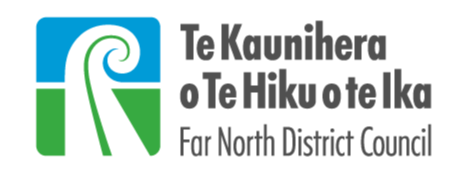Reform objectives
The Government aims to achieve four key outcomes by changing the way three waters services are provided. They are:
Safe, reliable drinking water
All New Zealanders deserve to have safe, affordable and reliable drinking water, wastewater and stormwater. Changes are needed in the way New Zealand manages its water services in order to deliver this, especially given the challenges of ageing infrastructure, population growth, climate change, and natural disasters.
Better environmental performance of wastewater and stormwater services
The Three Waters Review’s mahi also led to the recent establishment of Taumata Arowai, the new water regulator for Aotearoa and a strengthened regulatory environment for three waters services. Taumata Arowai has a strong focus on the safety of New Zealand’s drinking water and on 15 November 2021 became the drinking water regulator. In 2024, it will assume responsibility for wastewater and stormwater networks, becoming the three waters regulator for Aotearoa.
With a new water regulator and consumer protections, there is a concern that councils may not be able to meet future requirements without reforms.
Efficient, sustainable, resilient and accountable water services
There is mounting evidence of the challenges facing three waters service delivery nationally. These include ageing infrastructure, historical under-investment, a bow-wave of wastewater plants to be reconsented, source water contamination, higher consumer expectations, required resilience for impacts of climate change and natural hazards, evolving demographics and huge looming costs. The Government is concerned about the ability of councils to address these challenges effectively without reforms. While councils have many competing demands on council revenues from the rates they collect, the Water Services Entities will be exclusively focused on delivering healthy water systems, which are crucial for healthy communities.
Affordable for future generations
The Government has reviewed information provided by councils and concluded that there is underinvestment in three waters infrastructure across parts of the country. There may be large costs over the next 30 years as infrastructure is brought up to standard. Estimates show between $120 billion and $185 billion of investment is required over the next 30 years.Without change, the costs to households for improving water infrastructure will be unaffordable for most New Zealanders. In some areas, it is already becoming unaffordable for councils – especially small councils with few ratepayers – to provide safe and reliable drinking water, as well as fit-for-purpose wastewater and stormwater services.

